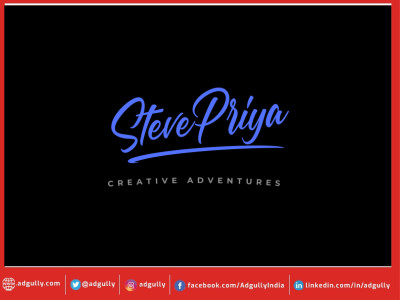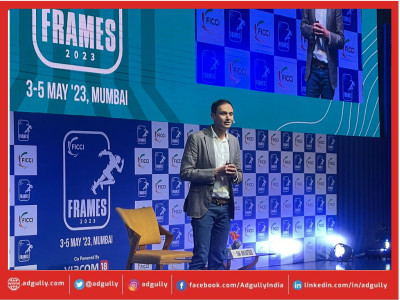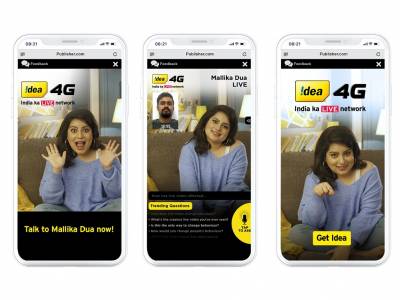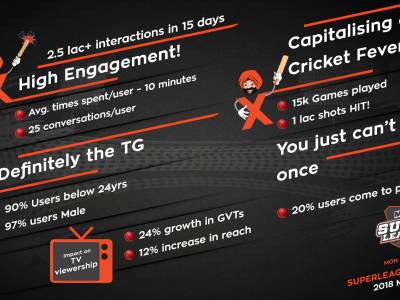Guest Column: How to make a Chatbot that isn’t just a marketing gimmick
While the trend of chabots is clearly here to stay, the real question on everyone’s mind now becomes: how do brands in Asia develop chatbots that are genuinely useful, and not just a marketing gimmick developed by brands to ride this latest trend? Ishan Chatterjee, Client Solutions Director, VML South East Asia & India, analyses.
It needs to tick the following boxes:
It needs to solve a real problem in a more effective way than the alternative
The sudden increase in the number of rideshare apps and options in Singapore means that all of us are constantly opening and checking Grab, Uber and the taxi company apps, trying to find the lowest possible fare to our destination. Enter TaxiBot, which compiles publicly available data into an easy to use chatbot, activated through a few taps on Facebook Messenger – saving consumers time and money.
It needs to delight the user
Public transport in Singapore is one of the most data inundated categories possible. As a consumer, you can walk over to the bus stop and check an electronic board of arrival timings, patiently waiting until your bus number shows up on the screen, or download one of the hundreds of apps available, attempt to figure out your bus stop number, and finally, find when your bus will arrive.
Or you could send a few natural language questions to the Bus Uncle chatbot on Facebook, and get an answer in a few taps. The real utility of this chatbot is in making it easier for us to sort through the clutter, while entertaining and delighting the consumer with a few choice Singlish remarks.
Sony Pictures Malaysia was another brand that leveraged the interactiveness of chatbots to promote their movie ‘Magnificent Seven’, leading users through an interactive battle against the titular villains from the movie. While most media and entertainment brands were posting video clips, trailers and static brand posts to promote the movie, this experience allowed moviegoers to feel like they were part of the movie for a few moments.
It needs to work
This is one of the key aspects of a chat bot, which many a brand has failed to conquer. Perhaps because chatbots are still in a very nascent stage, and are being developed by ambitious developers who want to master AI into tricking consumers into believing they are human – chatbots tend to be needlessly complicated to engage with.
By keeping the interactions simple, providing guidance to first-time users, and having buttons instead of an over-reliance on natural language chat, chatbots can provide real utility.
It needs to be personalised to your needs
The joy of using a chatbot stems from the ability to receive information only when you need it, and not be inundated with information at all times. A study from Blueshift backs this up, concluding that sending a push notification to a mobile user based on events particular to that user, rather than a notification to every user at the same time, leads to a 2,770 per cent increase in engagement.
GOTObot.ai’s first bot, Currency Converter & Exchange bot taps into this extremely well, allowing users to set up alerts for when a currency pair hits a predefined exchange rate, or receive a daily notification at a time of their choosing, while also providing on-demand currency conversion.
It needs to trigger repeat usage
Poor retention rates plague chatbots today, driven in part through a way of thinking of them as one off campaigns, and not making an effort to create habit amongst consumers to drive repeat visits.
The North Face did this extremely well when they implemented a chat based shopping experience through their website, that mimics the experience of being in a store, with the end result being a dramatic increase in time spent on site, and number of products being viewed. They saw the need to provide expert advice and recommendations to every shopper through a conversation – creating a faster, more intuitive conversational approach that improves daily with the rapid development of AI itself.
Apart from these considerations, as with any marketing platform, conversational commerce solutions have to integrate and play well with existing physical and digital channels. They have to be closely aligned to what is an existing customer experience, be it at point of sale, on a website, or via email or SMS.
Ultimately, the opportunities for personalisation are endless, and natural language interations will become the norm in terms of how people expect to interact with technology. Chatbots are the future, and if done well, can become the cornerstone of an engagement and sales strategy.





















Share
Facebook
YouTube
Tweet
Twitter
LinkedIn